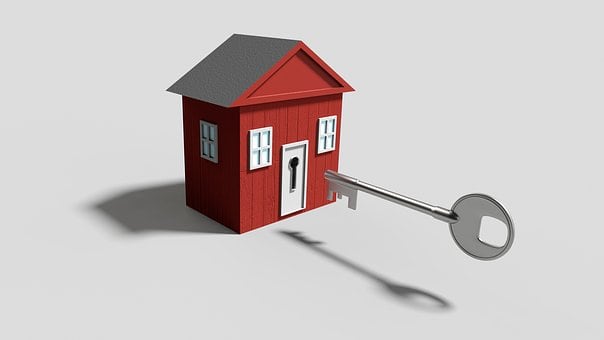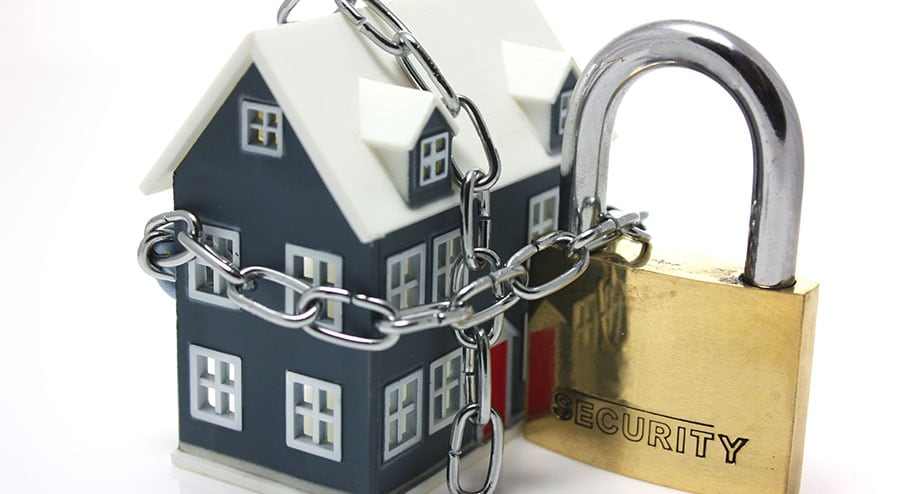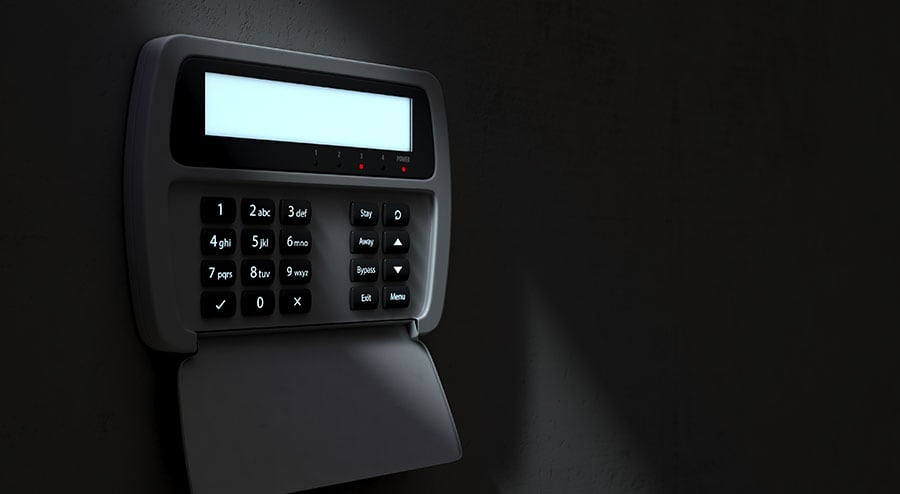Getting a home security system for your house is a great way to protect yourself and your family, but it’s also a great way to protect your home and your belongings.
With a burglar alarm system, you have a much better chance of deterring a burglar as well, especially if you’re going to be gone for more than a few hours.
You can always opt for professional installation of your system, but if you install it yourself you can make sure that all of the areas you want to keep secure will be protected with this alarm system installation guide.
Step One: Get Your System
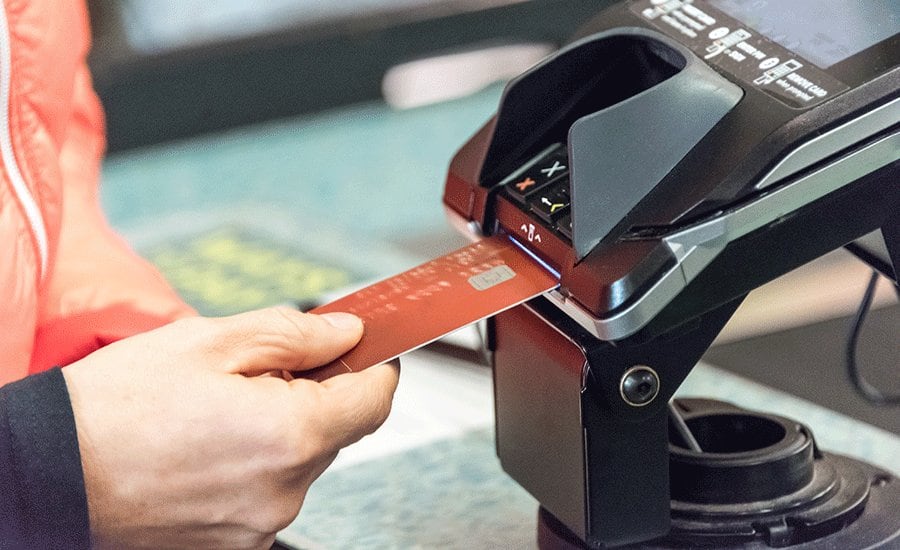
The first thing is to do your research and pick out a burglar alarm system that’s going to work for you. Getting something that can be upgraded whenever new software comes out and also that can be added onto is a great option.
That means you’d be able to add more security cameras or motion sensors with a back-up battery than it came with, for example. This is important because you may decide later that you need cameras in rooms of the house that you previously didn’t or you may decide that you want to put sensors on your windows to keep someone from opening them.
You may also want to rearrange or remodel in your home which could require a change in your camera plans. That means making sure that you get a system that’s able to be changed and adjusted to what your needs are.
Step Two: Plan Your Needs
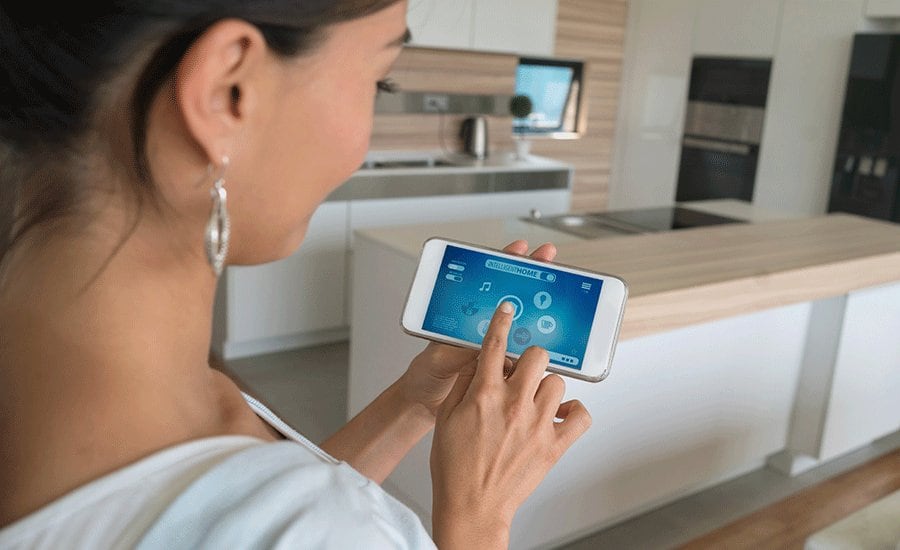
Look around your house and think about all of the places you would want a security camera. Any doors that lead to the outdoors should have cameras above them.
Not only that, but you want cameras with a back-up battery and motion sensors anywhere where they can see the most, including down hallways, up or down stairs, above garage doors, and definitely anywhere with extremely expensive items, like where you keep your safe.
If you’re looking for an extensive system you also want to look at how many windows you have and look at how many sensors you need for each of them. This helps you know when windows are open, making it safer for your family.
Cameras and sensors need to be positioned so that you and your family can still use your house the way you want, which means being careful about how they’re positioned.
You want them out of the way enough that you won’t bump into them when moving about your house or when putting up new things, but you still want them in places where they will pick up anyone in your house that shouldn’t be. After all, that’s the whole point to having the system, right?
Step Three: Get the Equipment

If you’re going to need more equipment make sure you get all of it. You want plenty of cameras so make sure you pick up all of the ones you’ve planned for and a few extras.
Make sure you get all the sensors and motion detectors you’re going to need as well, so you can set everything up all at the same time, without having to worry about going back out to the store when you’re in the middle of getting everything hooked up.
Make sure your cameras are a decent quality and that they are going to work the way you want. You should consider black and white versus full color security systems and you should consider the different quality ratings for the picture that you’ll get.
A higher quality picture is going to cost you more money but, in the long run, it could be more than worth what you’re going to spend. You don’t want to get an inferior system that’s not going to give you the picture or the information that you need if something happens.
Look also at the system you’re getting with it and how you’re going to be able to review the cameras. You want a computer monitoring system that will let you go through everything you need and that will help you to make copies or find specific things to ensure peace of mind.
You may even want a system that’s going to alert you or the alarm company to specific things rather than just one that alerts an security company if someone comes in without the passcode.
These are all things that are going to help you keep everyone and everything that you own safe and protected while you’re home and even when you’re not home, which is a crucial part of any security system.
Step Four: Set it Up
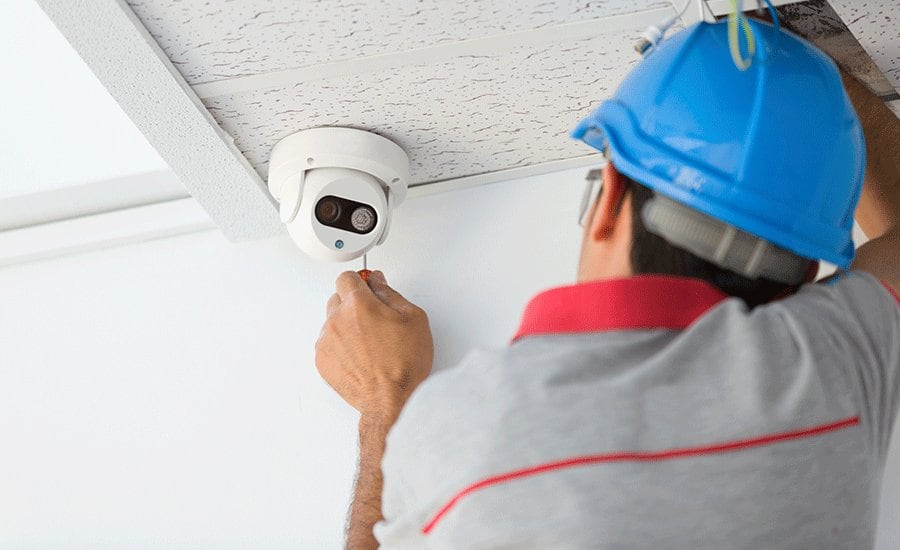
Next, bring your system home and get ready to set it up. You want to make sure you’re looking at each of the cameras and each of the sensors and motion detectors as you unpack it so you know that you’re getting the quality that you expect and that you can count on to keep you and your family safe.
Make sure that you also have a system in place for monitoring your new system. You could be personally monitoring everything or you could set it up with a service that will monitor for you.
Next, start putting your cameras out. It’s going to take a little work to hook into your electrical system and make sure the cameras are wired through the entire house, but you shouldn’t have a problem overall, whether you put them in yourself or hire a professional to take care of it for you.
The key is making sure that you get everything hooked up properly and keep working at it until it’s right. If you are unsure in any way, you should look at getting a professional installation carried out.
Step Five: Check Your System
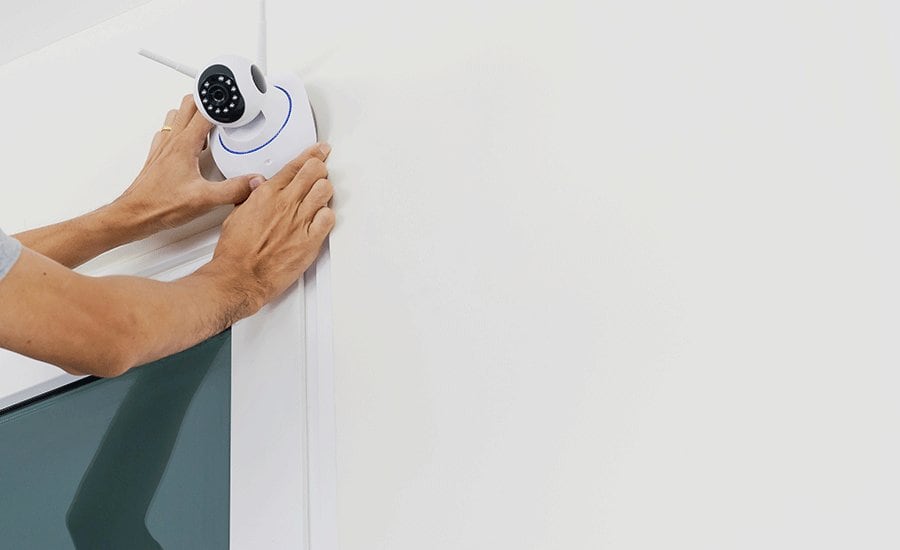
What you want to do is make sure that you check each one because if your alarm is set you want to know that it’s monitoring everything you think it is.
Check the sensors in the windows to make sure that they go off the way you expect. Scan through each camera to make sure that you can see it through the monitoring screen and definitely make sure that it’s recording all the time.
Turn the cameras and alarms on while you’re home for a short time or while you go away for an hour or so and then scan through the footage to see if you have everything.
Check the way the cameras are facing and how well they pick up what you want them to. Make sure that nothing is blocking any of the cameras and make sure that each one records the way you expect.
Step Six: Continue Monitoring
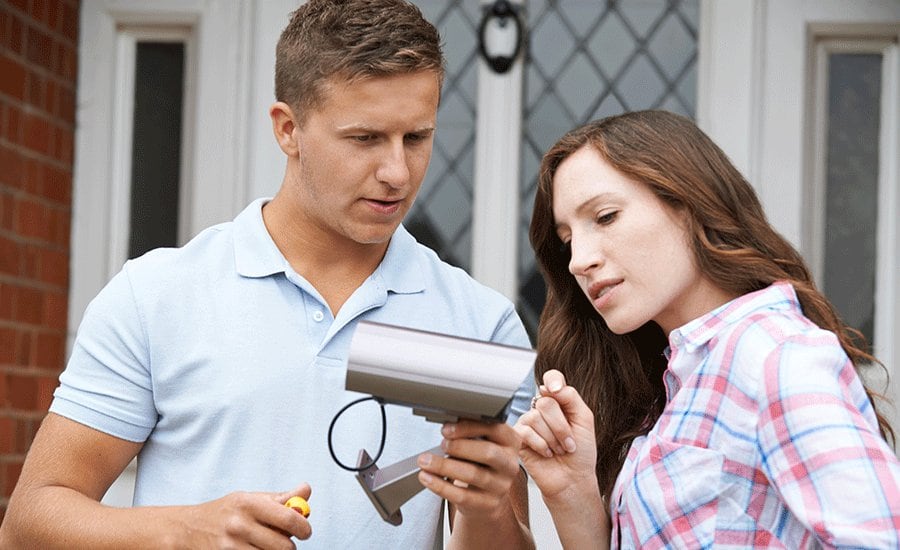
You want to always keep checking your cameras and sensors to make sure that they are working how you need them to. If something goes wrong you want to know about it right away and the only way you can do that is by making sure that you monitor the system continuously.
Keep track of what’s going on and make sure that you are always fixing or adjusting cameras that don’t seem to be doing what you need them to. That way you can be sure that you’re always going to have evidence if someone breaks into your house or if something happens when you’re not there.
Make sure you never run out of space wherever you’re recording as well. After all, you could end up with a problem at some point in the future and if you weren’t recording you won’t have any evidence of it.
That means you want to have tapes or space on a hard drive or whatever else you might need in order to keep track of the camera for at least a week or two at a time. If someone happens to appear on video make sure that you keep it and turn over a copy to the police.
Step Seven: Set Your Alarm
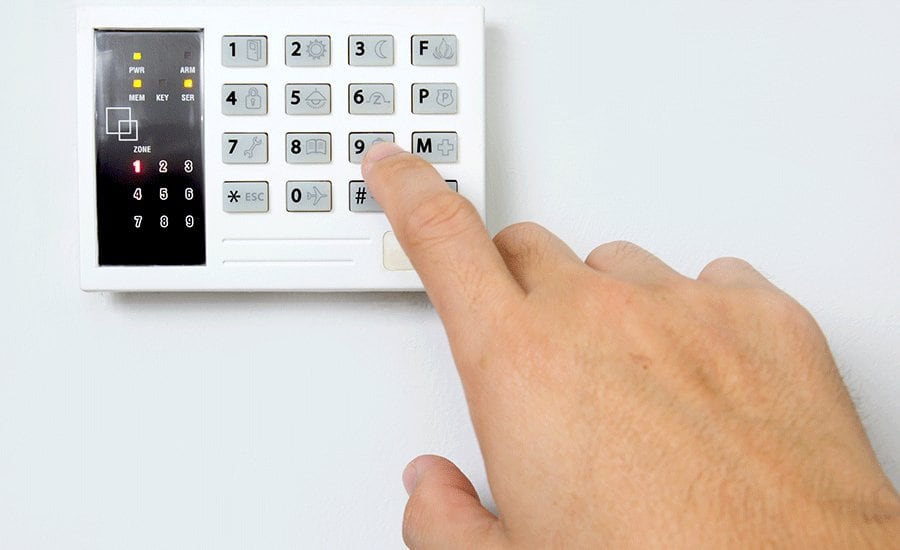
If you’re not home you want to make sure your alarm is always set. That alarm is the way you and your family will stay safe and you home will stay safe.
It’s important that you always keep it set when you’re not there and that you have the cameras rolling even at night. You don’t want to be unprotected when you need the system the most because it could cause you even more problems in the long run.
If you don’t have the camera running when someone breaks in it’s not going to do you a lot of good, for example. There are plenty of things that you and your family can be doing to keep yourselves safer and to protect your home.
Keeping your doors and windows closed and locked at all times and keeping expensive things out of the line of sight from potential burglars is definitely important, but an alarm system is going to make an even bigger difference and the better you install it the better off you and your family (and your home) are going to be.
Make sure that you have something that monitors all areas of your home 24 hours a day. It’s definitely going to make you feel better and it’s going to help you save money and potentially a whole lot more.
Sources
- https://www.safewise.com/blog/installing-a-home-security-system-is-easier-than-you-think/
- https://home.howstuffworks.com/home-improvement/household-safety/security/how-to-install-home-security-system.htm
- https://docs.konnected.io/security-alarm-system/
- https://www.structuredhomewiring.com/SecuritySystem/
- https://www.homeadvisor.com/cost/safety-and-security/install-an-alarm-system/
- https://www.hometips.com/buying-guides/home-security-alarm-systems.html
- https://www.aviva.co.uk/home/home-advice/article/guide-security-systems/


